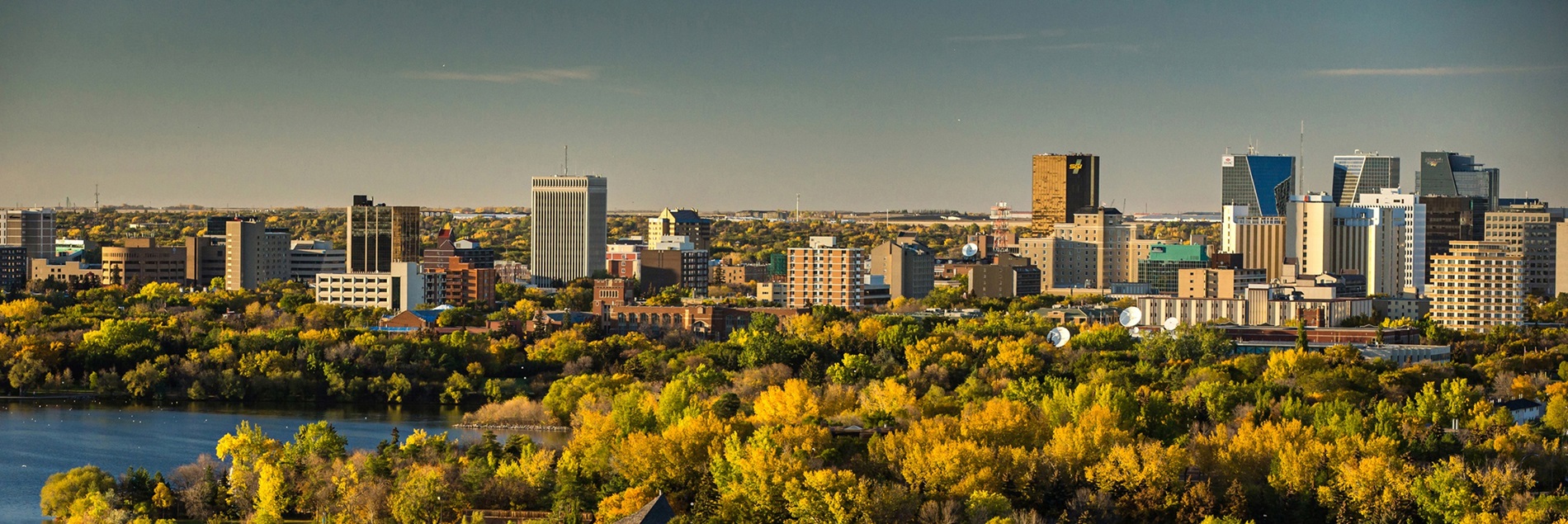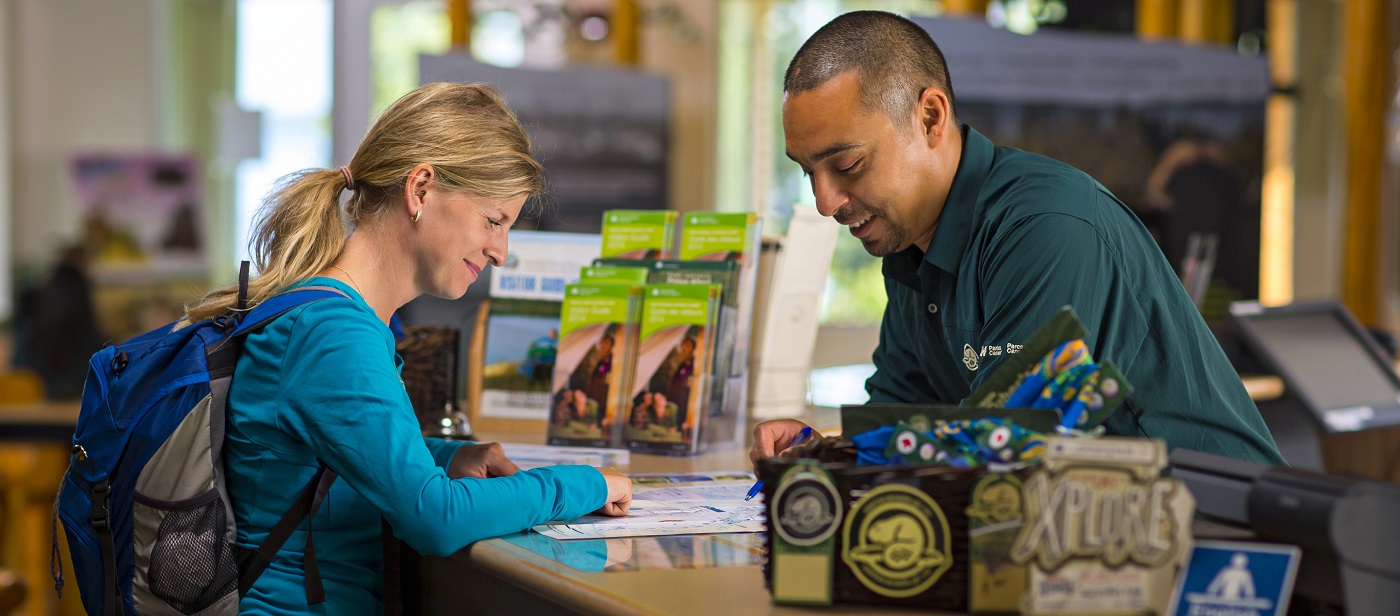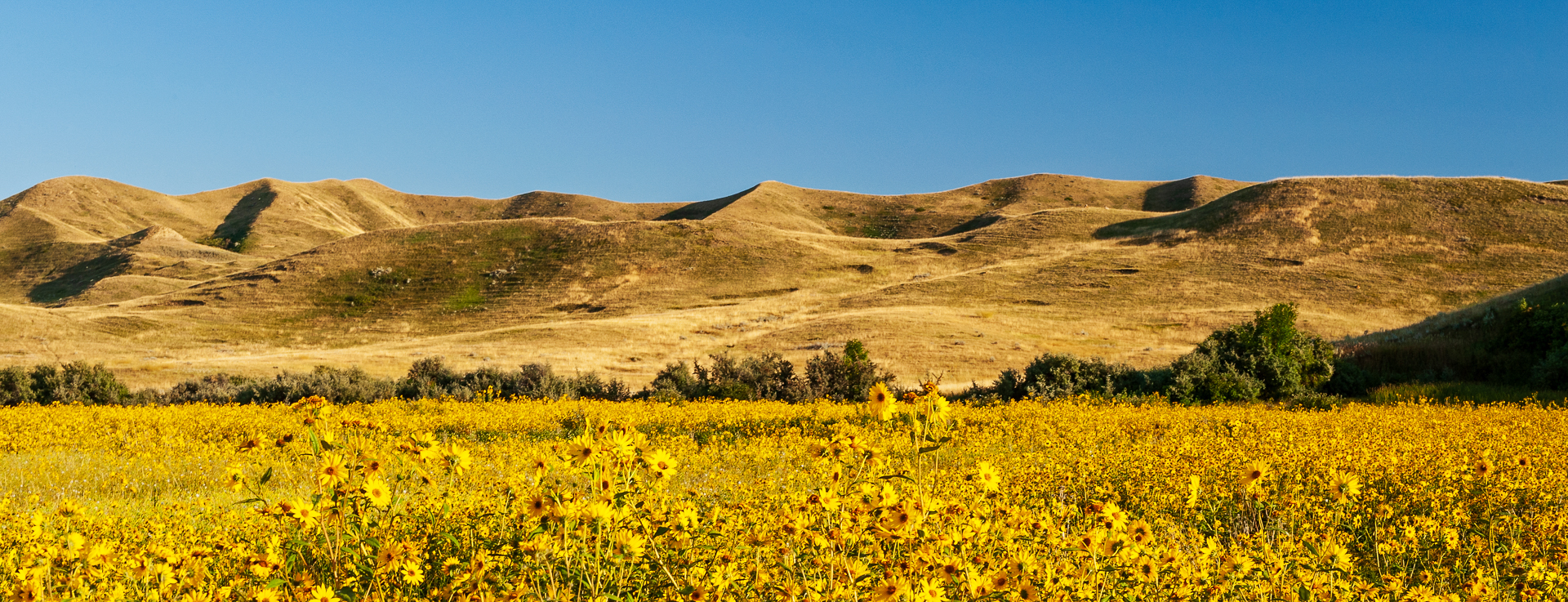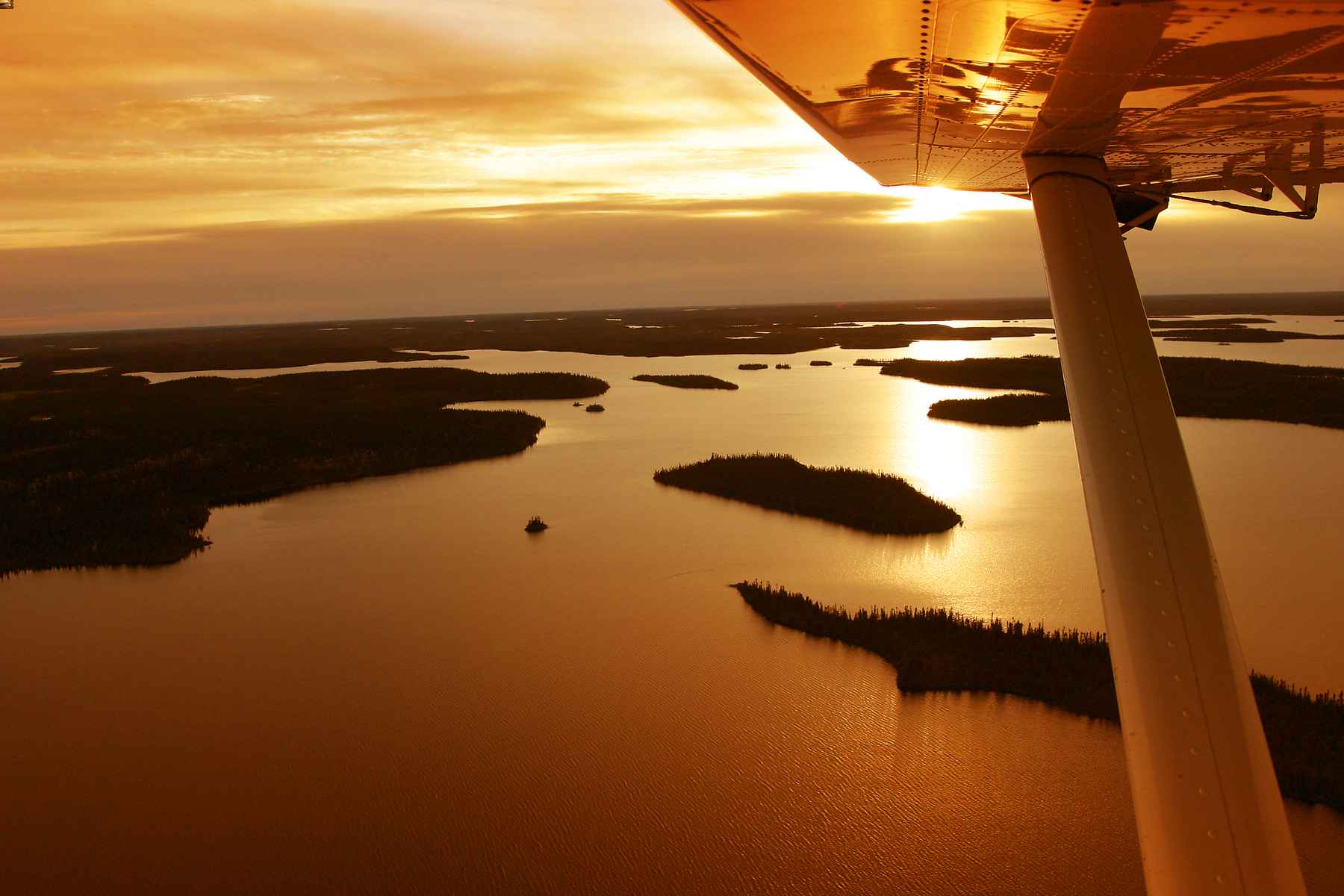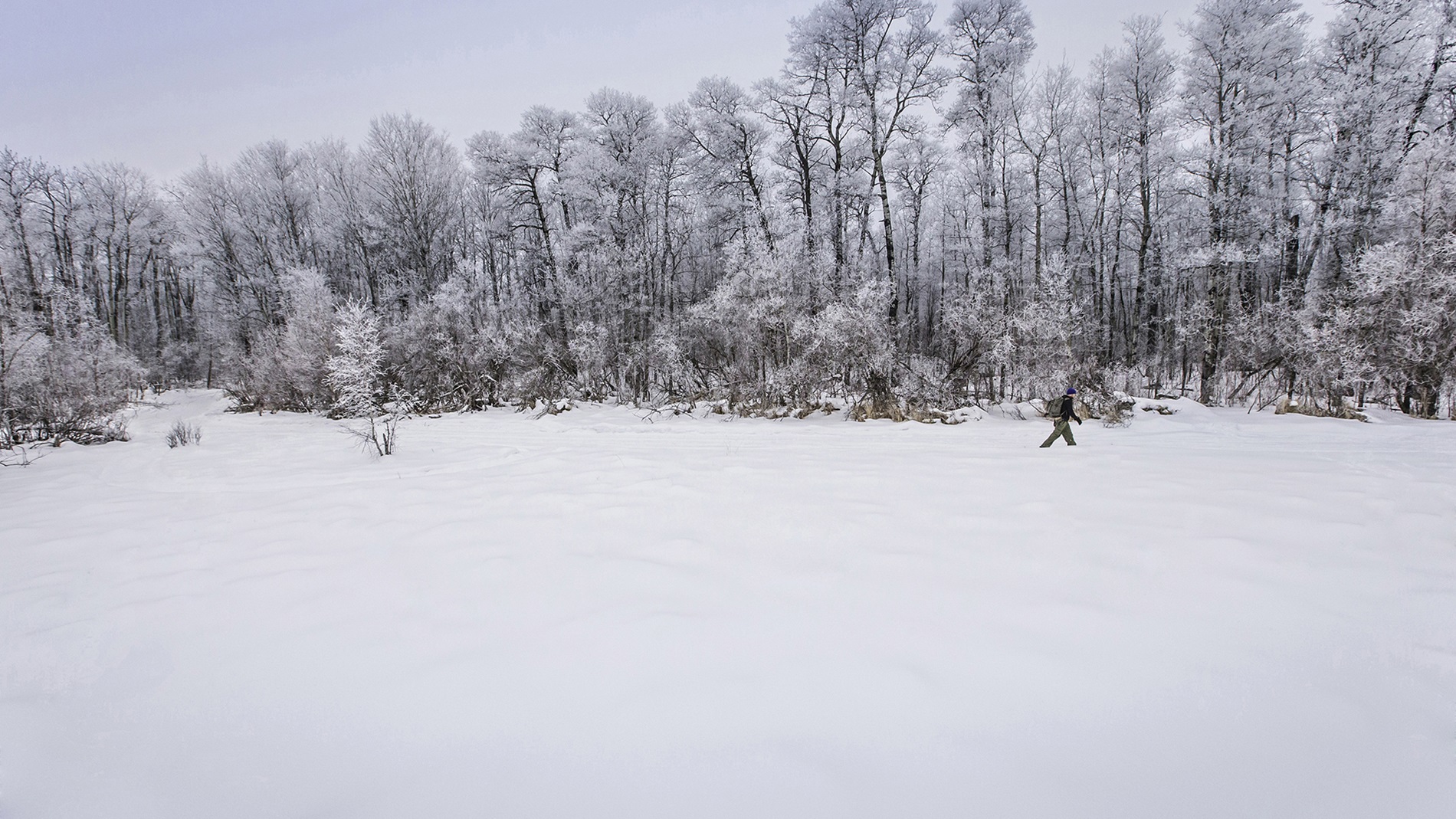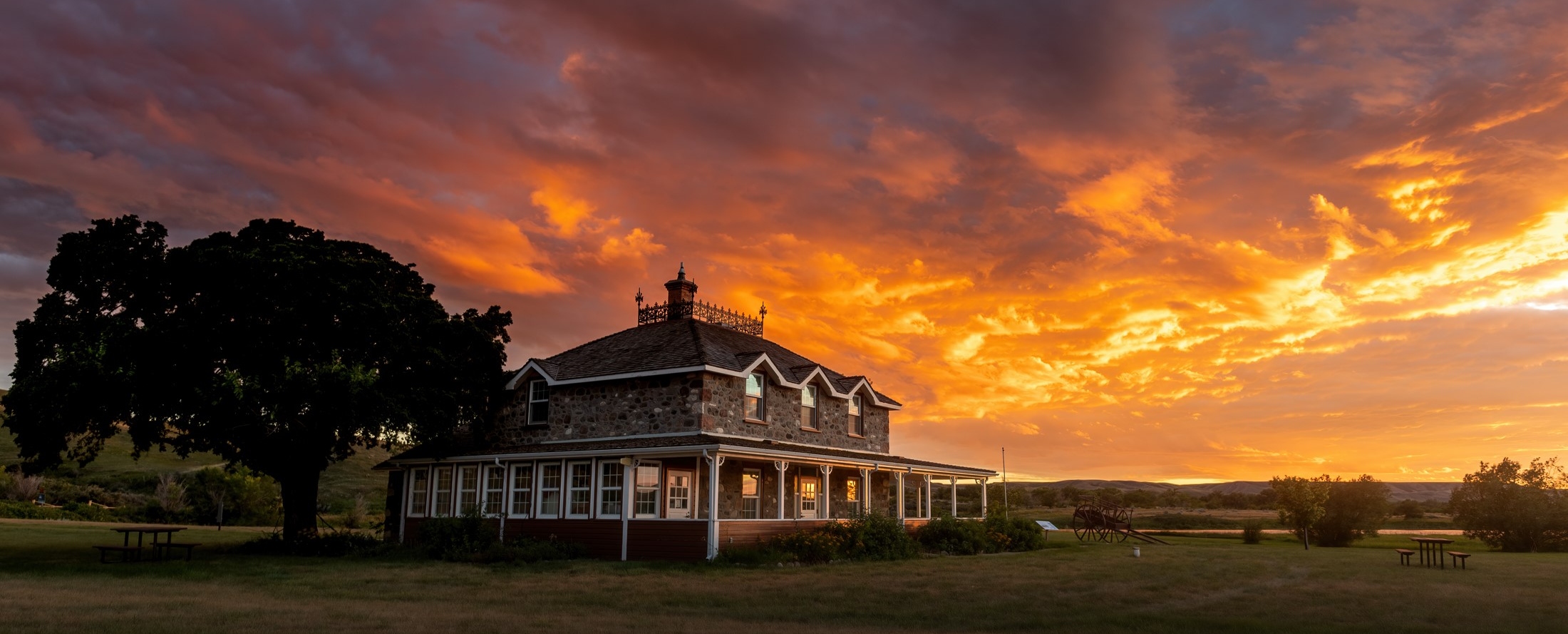Industry Update Newsletter
Tuesday, November 11 2025
|
Register today for the 2026 International Indigenous Tourism Conference
|
|
The 2026 International Indigenous Tourism Conference (IITC) will be held in Edmonton on February 17-19. The conference, presented by the Indigenous Tourism Association of Canada (ITAC), is the largest of its kind in the world.
The Indigenous Tourism Association of Canada (ITAC) is carefully curating an enriching program that reflects the richness and uniqueness of Indigenous tourism experiences. This year's conference will be a gathering of industry professionals, community leaders, entrepreneurs and partners dedicated to promoting and celebrating the richness of Indigenous tourism. The goal is to highlight the diversity of cultures, traditions and tourism experiences offered by Indigenous communities in Canada and beyond.
This year's keynote speakers include: Lennart Sampri, owner of Sampri Nature Camp and member of the Unna Tjerusj Sami community; Mālia Sanders, Native Hawaiian Hospitality Association; and Robert Taylor, CEO of Western Australian Indigenous Tourism Operators Council (WAITOC).
A conference highlight is the Indigenous Tourism Awards celebration, which recognizes Indigenous entrepreneurs and organizations for outstanding achievements in tourism. Nominations are open until December 8.
REGISTER NOW |
|
Apply today for the Achieving AWEsome program - deadline is approaching soon
|
|
Do you have a great idea for an exciting and memorable visitor experience? The Achieving AWEsome program helps Saskatchewan tourism businesses and entrepreneurs turn ideas into market-ready, bookable experiences that go beyond traditional tours and packages. From initial concept to promotion and delivery, you will get step-by-step guidance, expert training and coaching. By the end, you will have a visitor experience ready to inspire guests and grow your revenue.
Individuals who are new to tourism, as well as business operators who have no previous experience in developing or delivering a tourism experience to the travelling public, are eligible to apply. Applicants must be willing to invest time and resources to create an interactive, hands-on guest experience. The program is open for applications until December 15, 2025, with formal training delivery scheduled to begin in January 2026 and conclude in May 2026. For more information, go to Achieving AWEsome or contact Corrina Kapeller at corrina.kapeller@tourismsask.com, 306-812-8882. APPLY NOW |
|
Educators: sign up today for the new Teachers Explorer's Club newsletter
|
|
Did you know the Teacher Explorer's Club now comes with its own newsletter? Educators who sign up will receive ongoing classroom activities, updates throughout the school year and chances to win prizes from Tourism Saskatchewan.
The Explorer's Club supports middle years and high school teachers in bringing tourism career exploration into the classroom through engaging, ready-to-use materials. Each Explorer's Club backpack includes a classroom video, a Family Feud-style game, Discover Tourism resource links, a tourism activity kit, an infographic, and scratch-off postcards that introduce students to real people working in Saskatchewan’s tourism sector.
There is still time to register. Email training@tourismsask.com to sign up and begin receiving resources for your classroom. For more information and further resources, visit workinsktourism.ca.
|



